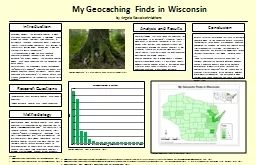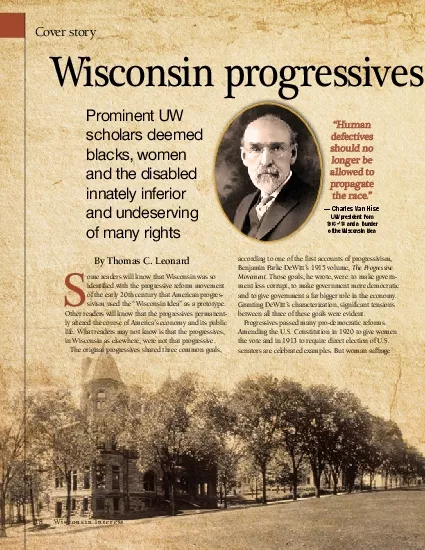PPT-The Role of State Government in Wisconsin’s Health Care Markets
Author : cozync | Published Date : 2020-08-06
September 16 2016 Kevin OConnor 608 2842600 koconnorgklawcom 160964811 2 Overview Main Takeaways History of Health Care Transformation in WI in the1980s How Selffunding
Presentation Embed Code
Download Presentation
Download Presentation The PPT/PDF document "The Role of State Government in Wisconsi..." is the property of its rightful owner. Permission is granted to download and print the materials on this website for personal, non-commercial use only, and to display it on your personal computer provided you do not modify the materials and that you retain all copyright notices contained in the materials. By downloading content from our website, you accept the terms of this agreement.
The Role of State Government in Wisconsin’s Health Care Markets: Transcript
Download Rules Of Document
"The Role of State Government in Wisconsin’s Health Care Markets"The content belongs to its owner. You may download and print it for personal use, without modification, and keep all copyright notices. By downloading, you agree to these terms.
Related Documents














